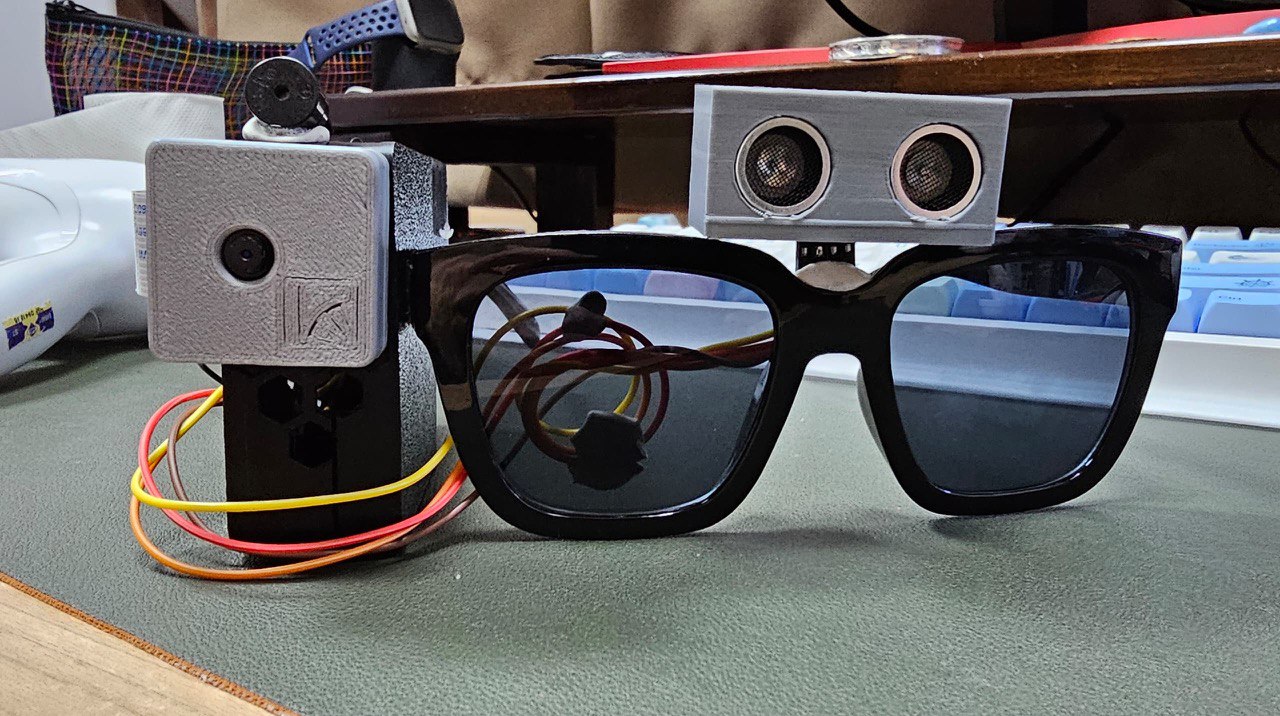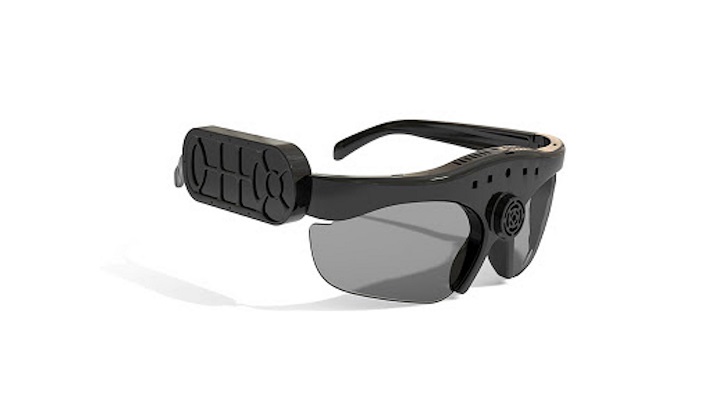Discover Advanced Assistive Instruments for People With Visual Problems
The landscape of assistive technology for people with aesthetic impairments is progressing swiftly, offering an array of ingenious tools that improve autonomy and engagement. From clever glasses that effortlessly combine visual input with auditory support to advanced navigating applications that redefine spatial understanding, these devices are reshaping opportunities.
Smart Glasses Innovations
Smart glasses stand for a significant development in assistive modern technology for individuals with visual impairments. These innovative gadgets incorporate different attributes created to enhance the individual's interaction with their environment. Furnished with video cameras and sensing units, smart glasses can capture real-time aesthetic details, which is then refined and conveyed to the user through audio comments or haptic feelings. This functionality allows individuals to get prompt summaries of their surroundings, improving their capability to browse and engage with the globe.
In addition, advancements in expert system have even more improved the capacities of smart glasses. Artificial intelligence formulas can recognize faces, checked out message, and determine things, making them vital tools for day-to-day tasks. Users can obtain auditory cues that give context regarding their environment, fostering freedom and self-confidence.
In addition, the ergonomic design and lightweight nature of several clever glasses make them appropriate for long term use, making sure comfort while boosting functionality. As these tools proceed to advance, they hold the possible to transform the method individuals with visual disabilities experience their lives, bridging the space between ease of access and modern technology. The ongoing r & d in this area guarantee to expand the opportunities for wise glasses, making them an important component of modern assistive devices.
Navigating Apps and Tools
Various navigating applications and devices have actually become necessary sources for people with aesthetic impairments, substantially boosting their capability to go across unknown settings. These innovations leverage general practitioner functionality, audio hints, and real-time information to give individuals with specific navigating help.
One popular example is the Aira app, which links individuals to experienced representatives that can supply visual descriptions of environments and navigating advice with a real-time video clip feed. This solution enhances the user's spatial recognition and confidence while browsing. Another notable device is Seeing Eye GPS, which supplies voice-guided navigation and points of passion, enabling individuals to accessibility important information about their surroundings.

As technology continues to breakthrough, the development of much more advanced navigating devices guarantees to further empower people with visual impairments, facilitating seamless wheelchair and combination into diverse settings. Such innovations contribute in advertising a much more comprehensive society.
Braille Innovation Innovations
Recently, advancements in Braille innovation have dramatically transformed how people with visual disabilities accessibility information and engage with the world around them. The advancement of mobile Braille display screens has actually revolutionized reading by permitting customers to attach wirelessly to computer systems, tablet computers, and smart devices. These devices transform message into Braille in real-time, making it possible for smooth interaction with electronic web content.
Moreover, ingenious Braille printers have arised, boosting the production of tactile products. Modern embossers are quicker and much more effective, allowing for the quick development of Braille documents and educational products. This efficiency lowers the moment and price connected with producing Braille resources, making them more available to schools and organizations.
Additionally, the integration of Braille with other technologies, such as expert system and device knowing, has opened up brand-new methods for tailored understanding experiences. Voice acknowledgment and synthesis modern technologies can complement Braille, offering a comprehensive strategy to info dissemination.
As the need for inclusive education and learning and work environment atmospheres expands, these technical improvements play an important duty in empowering people with aesthetic disabilities, ensuring they have equal accessibility to information and directory opportunities in numerous aspects of life.
Wearable Tools for Independence
A growing variety of wearable devices is enhancing independence for people with visual problems, supplying cutting-edge options that boost navigation and everyday living. Braille displays and notetakers. These gadgets use advanced modern technologies to offer real-time comments and support, advertising freedom in different settings

Wearable modern technology likewise includes smartwatches that can be configured with availability attributes, making it possible for individuals to receive notifications, track their places, or even ask for aid with the touch of a button. Furthermore, some devices integrate expert system to examine the setting, offering sound summaries of close-by objects or individuals.
Voice-Activated Assistive Solutions
Leveraging voice-activated assistive solutions has transformed the landscape of assistance for individuals with visual problems, offering hands-free interaction and access to a variety of jobs. These technologies make use of natural language processing and expert system to enable customers to perform day-to-day tasks via easy voice commands.

Moreover, current advancements in voice recognition precision have enhanced the individual experience dramatically, fitting varied accents and speech patterns. This inclusivity makes sure that more people can take advantage of these technologies, cultivating a better feeling of autonomy.
Conclusion
In conclusion, the growth of innovative assistive devices substantially boosts the freedom and high quality of life for people with aesthetic impairments. Technologies such as smart glasses, navigating applications, Braille technology, wearable eye doctor is an optometrist gadgets, and voice-activated remedies collectively foster an even more inclusive environment. These modern technologies empower individuals to navigate their surroundings with confidence and engage even more fully with the globe, eventually advertising greater availability and level playing fields find out for people facing aesthetic difficulties.
The landscape of assistive modern technology for individuals with visual impairments is advancing quickly, offering an array of cutting-edge gadgets that improve autonomy and involvement.Smart glasses represent a significant advancement in assistive innovation for people with visual impairments. As these gadgets continue to advance, they hold the prospective to change the way people with aesthetic impairments experience their day-to-day lives, bridging the space in between accessibility and modern technology.In recent years, innovations in Braille innovation have actually significantly transformed just how people with aesthetic impairments accessibility info and involve with the world around them. These innovations empower customers to browse their environments with self-confidence and engage even more totally with the globe, ultimately promoting greater availability and equal chances for individuals encountering aesthetic challenges.